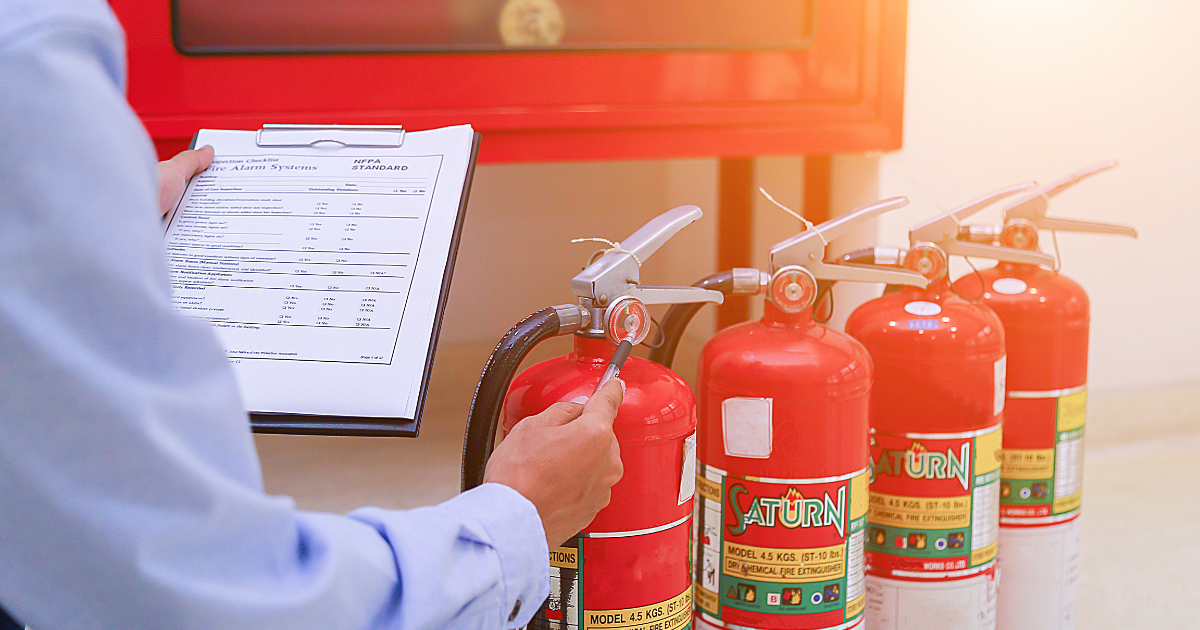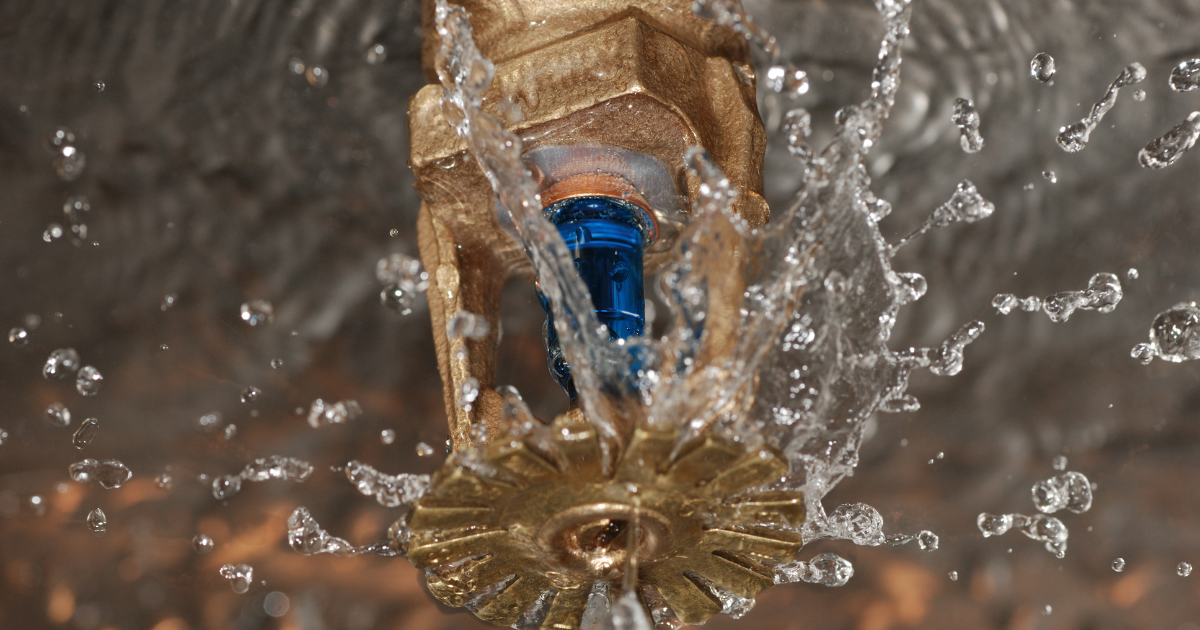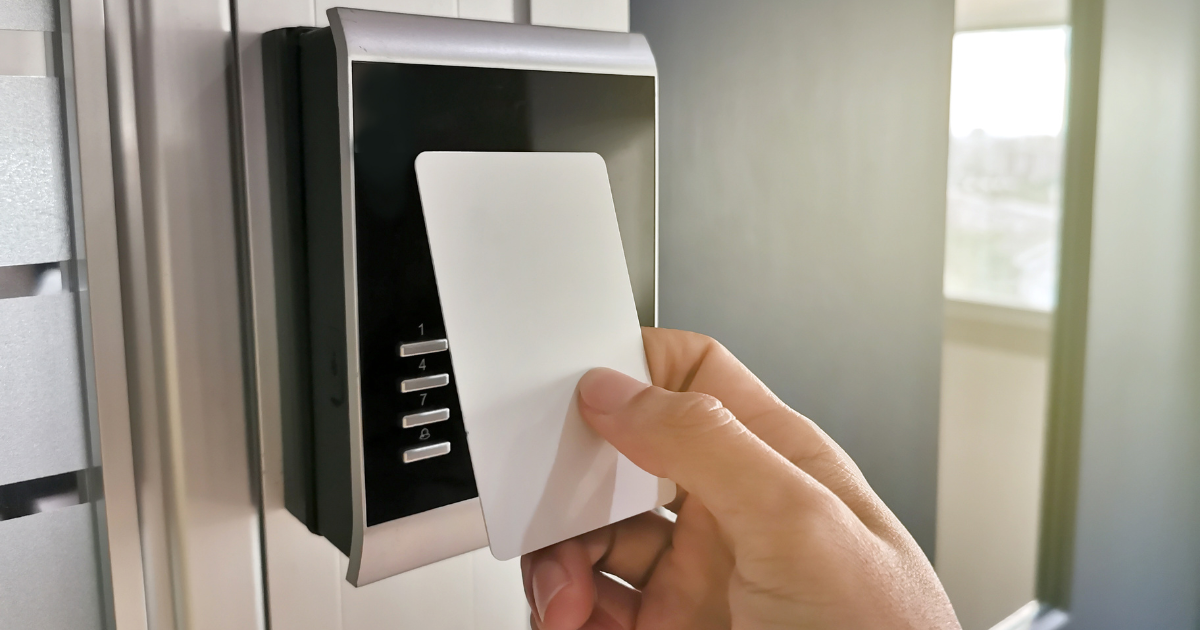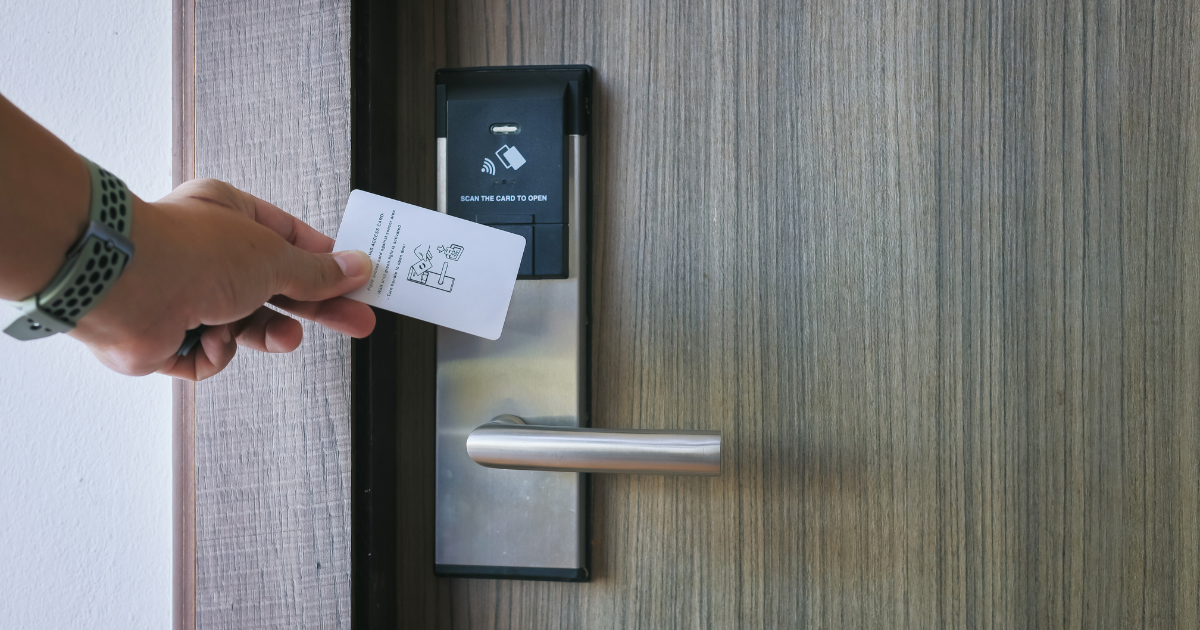Everyone deserves to have access to a potable water supply without worrying about disease-causing pathogens that may come to their families. However, water pollution is getting worse due to man-made damage.
Installing backflow prevention devices can help homeowners with this problem.
So, what is the purpose of backflow prevention devices?
These devices prevent the “backflow” of pollutants and dirty water from flowing back to your home’s water system. Not only do these devices protect us against water-borne diseases, but it also keeps the integrity of the water delivery system in a locality.
This article will provide you with more insights about backflow preventers and how having these in our plumbing system is a necessity. So, read on!
What Is a Backflow Preventer and How Does It Work?

A backflow prevention device prevents water and other contaminated matter from flowing back into your home’s plumbing system. It also protects the city water lines and irrigation systems from being contaminated when the water pressure drops.
Backflow prevention devices work by detecting pressure changes in the water system. Once pressure is detected, it automatically seals off the pipes and water valves.
What Are the Purposes of a Backflow Preventer?
A backflow prevention device is one of the most crucial parts of our plumbing system. Without this, contaminated water can flow in different directions, and it can even flow back to our home’s plumbing system.
Let’s dig into the main purposes of installing this device:
Protection of clean drinking water: This device helps protect our access to safe drinking water by stopping the water from flowing back into your pipelines. With a backflow preventer installed, you are also assured that other contaminants like toxic gasses, human waste, and even soaps from sinks and showers won’t flow back into your pipes.
Maintenance of water quality: Since backflow preventers protect us from being exposed to contaminated water, we are assured that the water we use daily is safe for bathing, drinking, cooking, and more.
Compliance with regulations: Backflow prevention is generally a requirement regulated by local, state, and federal regulations. One major purpose of backflow prevention devices is for home and business owners to comply with these regulations, and avoid costly fines.
Prevention of cross-contamination: Backflow preventers help to prevent cross-connections, which occur when water from a contaminated source enters a potable water supply. This can happen when a potable water supply is connected to a contaminated source, such as an irrigation system or a chemical processing plant.
[Read More: How Much Does Backflow Preventer Installation Cost?]
How Often Should a Backflow Preventer Be Inspected?
The frequency of inspection for a backflow prevention device depends on certain factors like the following:
- Local regulations
- Type of backflow preventer
- Nature of the system the device is protecting (ex. irrigation system, drinking water supply, city water lines, etc.)
Generally speaking, a backflow preventer device has to be checked and tested annually to ensure that it is working as it should be.
[Read More: What To Expect During Backflow Testing?]
Install Backflow Prevention Devices Today!
Backflow preventers play a critical role in ensuring the safety of your entire family, and even the entire population. So, as a homeowner, you have to prioritize your household’s access to safe and clean water.
B&W Fire and Security Systems can help you with any of your backflow prevention device needs. We can do the checking, installing, and repairing of your backflow prevention devices, any time of the day!
Our team of licensed professionals is ready to take on any backflow issues that you need to get addressed asap. Give us a call today!




